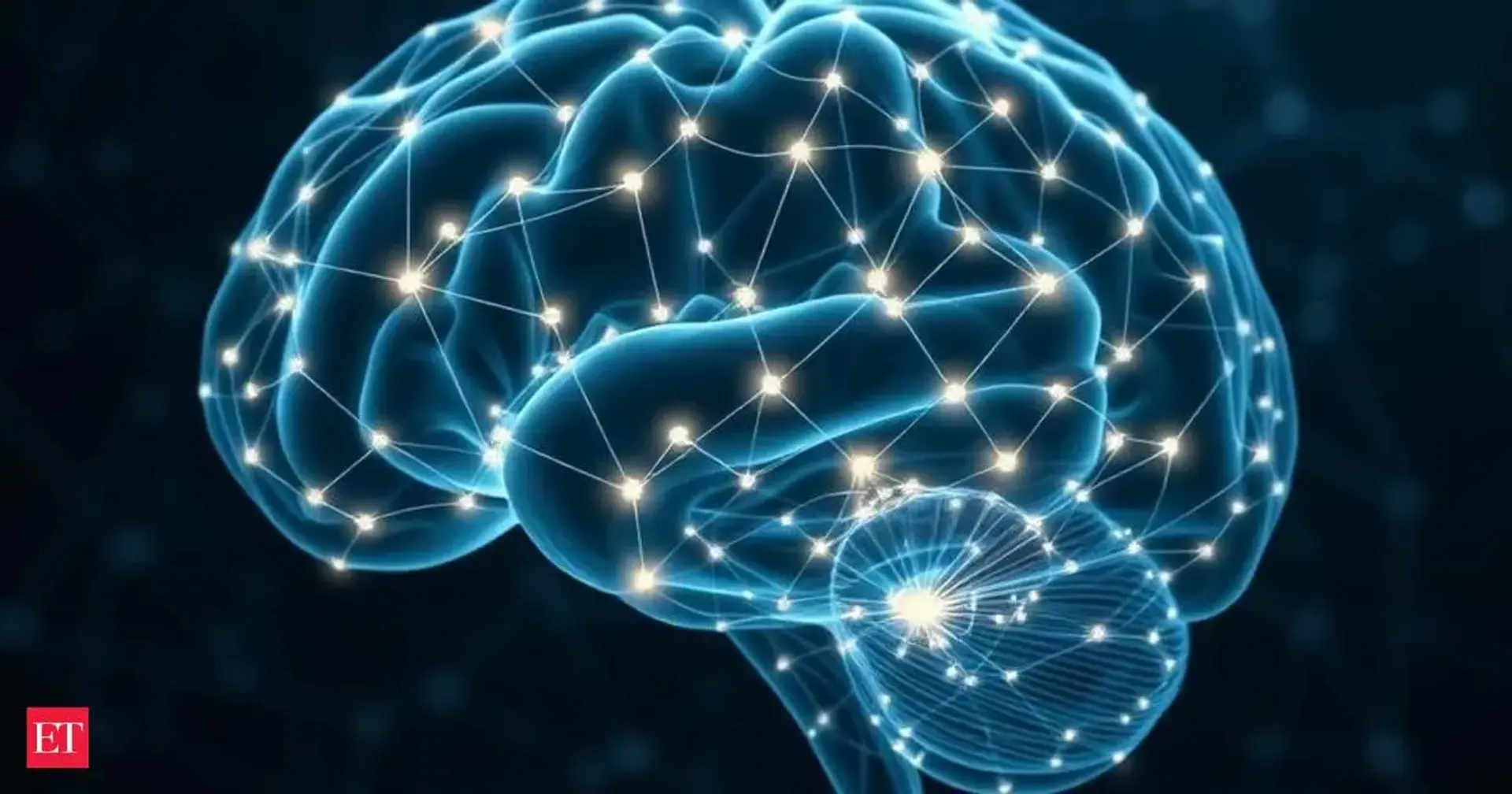Singapore-based Sapient has developed a new brain-inspired AI model that outperforms leading large language models (LLMs) such as ChatGPT, Claude, and DeepSeek in key Artificial General Intelligence (AGI) benchmark tests. The Hierarchical Reasoning Model (HRM) mimics the human brain's processing of information, integrating data across varying timescales. This approach allows the model to achieve better performance and efficiency with fewer parameters and training examples.
The HRM utilises two modules: a high-level module for strategic planning and a low-level module for detailed calculations. This architecture contrasts with the chain-of-thought method used by many LLMs, which can be slower and more prone to errors. In tests, the HRM demonstrated superior results in complex reasoning tasks and even near-perfect performance in solving Sudoku puzzles. Its efficiency and strong performance in AGI tests suggest a promising future for brain-inspired AI architectures.
The HRM model scored 40.3% on the ARC-AGI-1 test, surpassing OpenAI's o3-mini-high (34.5%), Anthropic's Claude 3.7 (21.2%), and DeepSeek R1 (15.8%). In the more challenging ARC-AGI-2 test, HRM achieved a score of 5%, again outperforming its competitors. This level of performance signals a significant step forward in AI's ability to handle complex reasoning tasks.
Related Articles

ChatGPT Struggles with Labelling
Read more about ChatGPT Struggles with Labelling →
OpenAI Unveils Fifth-Gen AI
Read more about OpenAI Unveils Fifth-Gen AI →
GPT-5 Model Unveiled by OpenAI
Read more about GPT-5 Model Unveiled by OpenAI →
AI Learns Complex Systems
Read more about AI Learns Complex Systems →
